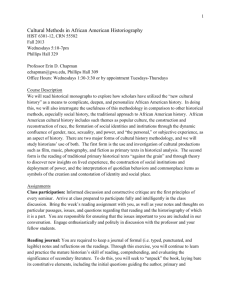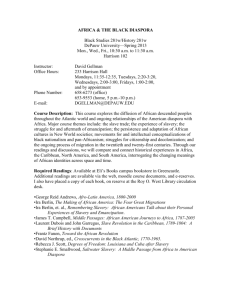Black History Month Power Point by Theresa Mbaku (PDF)
advertisement
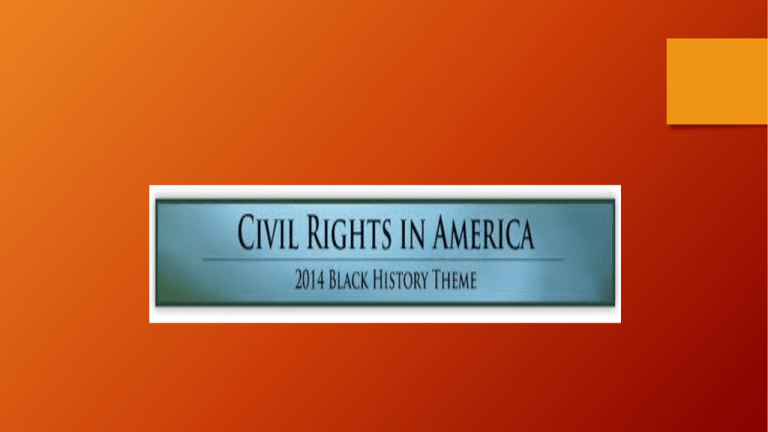
Who determines the Black History theme each year? The Theme is determined by the Association for the Study of African American Life and History http://www.asalh.org/ The ASALH is currently located temporarily on the campus of Howard University in Washington, DC The Organization was established on September 9, 1915 The ASALH Organization was founded by Dr. Carter G. Woodson (The Father of Black History) The organization are the founders of Black History Month February 1st marks the beginning of Black History Month As professionals, teachers and librarians are in the position to share valuable information on Black History by devoting a season to remembering a people who have made priceless deposits into the account of our nation’s history. The next few slides will focus on things that educators can do to make the month of February significant and educational for our students. Broaden your horizons by highlighting more than ‘heroes and holidays’. Try acknowledging the contributions that African Americans in Utah make on a daily basis that might go unnoticed. For example, in Utah we have Dr. Joyce Gray, as the first African American School Administrator. Also, Mrs. Mia Love, the first African-American, Female mayor elected in Utah. You could consider inviting a African American member of the Utah community to come and share their experiences with your class! You don’t need special ‘permission’ to talk about Black History, if you are not Black – but do it right!! Do your own research before you impart information to students! Many white students are not exposed to black history through their schooling years. The SLCSD Equity Department has numerous resources to help you talk with your students about Black History. Some teachers choose not to focus on Black history in February, but they make sure they integrate it all year in context. To Kill a Mockingbird in English class is a great start to a secondary student discussion on the use of the “N” word. Invite an African American lawyer or economist to talk with your students about economic reasons for slavery and the years of Jim Crow laws Don’t be afraid to tell the “whole story of slavery” or at least parts of it! A lot of people are uncomfortable with talking about slavery of American history. So, it may be common to ‘skip’ over this topic. When children learn about the story of slavery, they are better to understand different ways that help them think about hope and struggle. Again, move beyond the ‘heroes and holidays’ notion to culture Change your curriculum, a bit. There are numerous inventions credited to African-Americans …why not highlight these such as the first traffic light invented by Garrett Morgan Check out this website: http://teacher.scholastic.com/activities/bhistory/inventors/ Kente cloth is one of the best know African textiles. Work with your students in creating a Construction paper Kente Cloth Place Mat Check out this website: http://www.youtube.com/watch?v=QL6QTVvDTgc Invite a local African-American role model to talk with your students or work with your students in creating a ‘soul food’ dish. Don’t be afraid to seek out African-American caterers or restaurants who are most likely more than willing to help you with your class activity!!! References EdDigest, 2014 http://brooklyn.about.com/od/African-American-Black-Culture/f/BlackHistory-Month-Whats-Theme-Of-This-Years-African-American-HistoryMonth.htm http://www.asalh.org/ Google.com/images
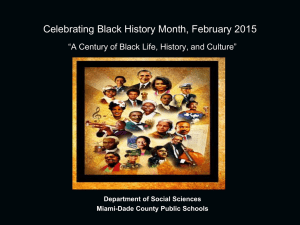
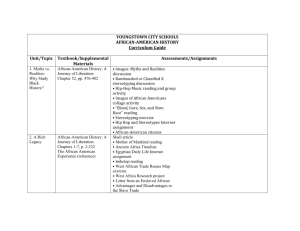
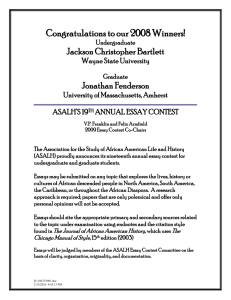

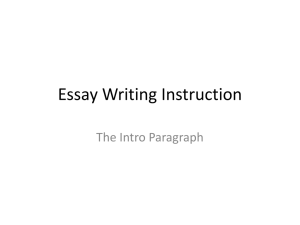


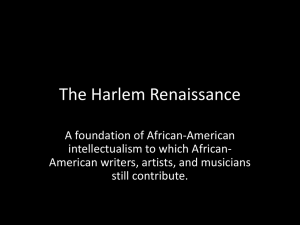
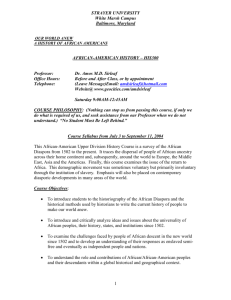


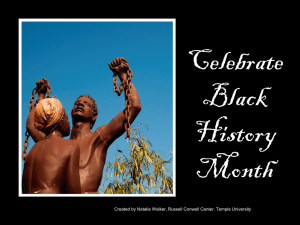
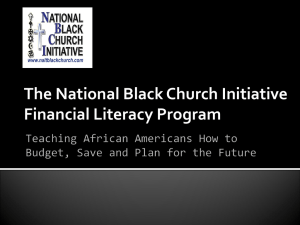

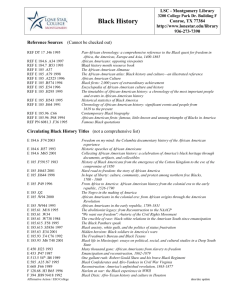
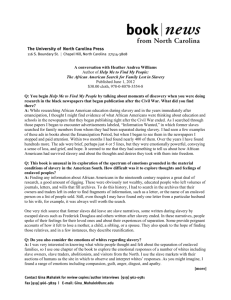
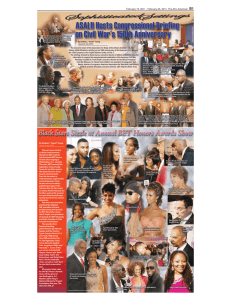
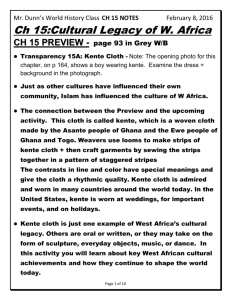
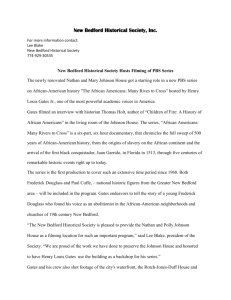
![revised CP 102 [1]](http://s2.studylib.net/store/data/005509884_1-641396992b48d23eb706204d3f8f19b4-300x300.png)
